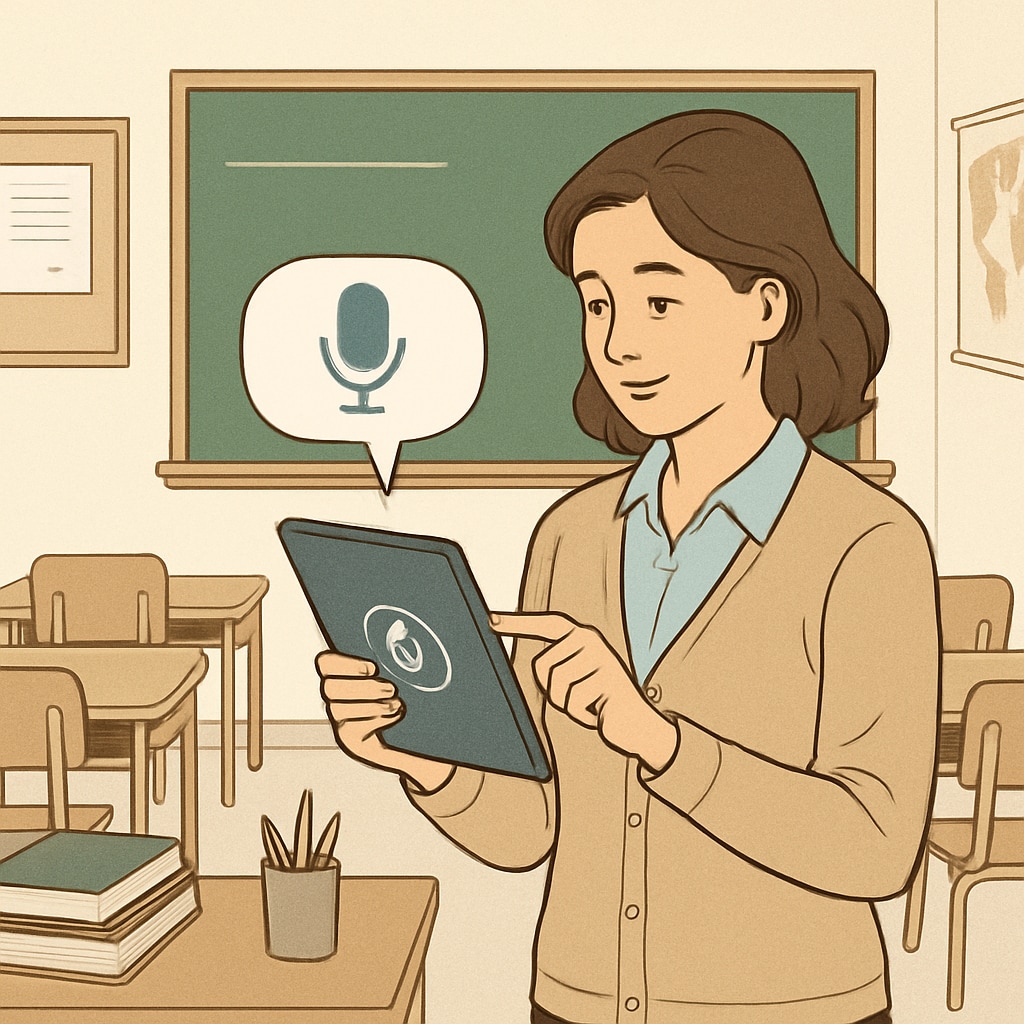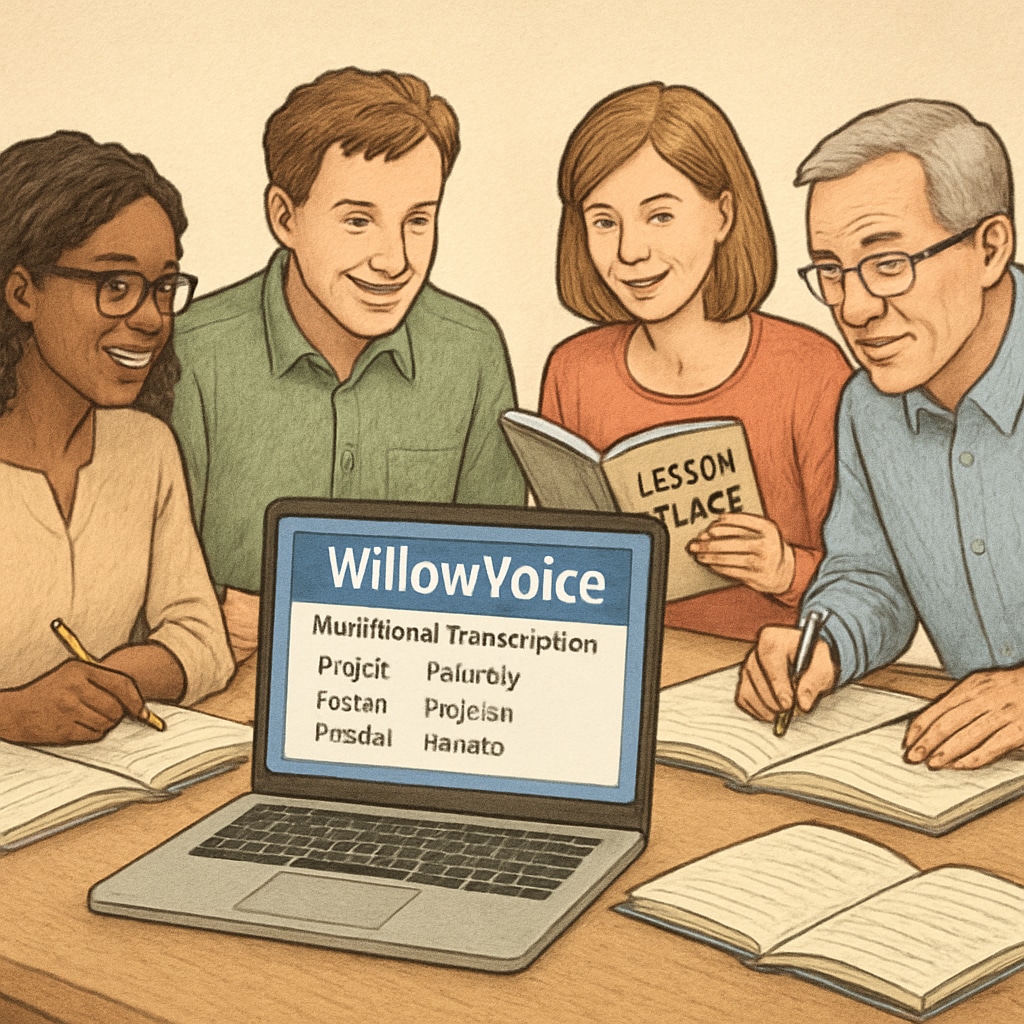In today’s fast-paced educational landscape, technologies like voice recognition are becoming essential tools for improving efficiency, communication, and overall teaching quality. WillowVoice, a cutting-edge voice-to-text application, is bridging the gap between innovation and practicality in K12 classrooms. By enabling teachers to streamline feedback processes, simplify lesson planning, and enhance communication, WillowVoice is revolutionizing how educators approach their daily tasks. With real-world examples to illustrate its impact, this article explores why voice recognition, particularly through WillowVoice, is a game-changer for modern education.
How Voice Recognition Simplifies Daily Tasks for Teachers
For K12 teachers, time is one of the most precious resources. Between crafting detailed lesson plans, providing individualized feedback, and managing parent-teacher communication, educators often find themselves overwhelmed. Voice recognition technology, as implemented by WillowVoice, steps in to alleviate these burdens. By converting spoken words into text with remarkable accuracy, teachers can dictate their notes, reports, or even full lesson plans, saving hours of typing and reformatting.
- Feedback Automation: Teachers can use WillowVoice to quickly record verbal feedback for students, which is then transcribed into written form and sent electronically.
- Effortless Lesson Planning: Educators can dictate ideas for lessons, assignments, and classroom activities directly into the app, generating structured outlines in seconds.
- Enhanced Communication: The tool supports seamless communication with parents and administrators by converting spoken updates into professional email drafts.

Real-World Applications of WillowVoice in K12 Education
WillowVoice has already made its mark in schools across the country. For example, in a suburban K12 district, teachers reported a 30% reduction in time spent on administrative tasks after integrating WillowVoice into their workflow. One educator shared how the tool allowed her to focus more on engaging students during lessons rather than being bogged down by paperwork. Additionally, special education teachers have found the app invaluable for creating personalized learning plans and feedback for students with unique needs.
Another standout feature of WillowVoice is its multilingual support, enabling educators to interact with students and parents who speak different languages. This not only fosters inclusivity but also breaks down communication barriers, ensuring that every student can benefit from personalized attention and clear instructions.

The Long-Term Benefits of Voice Recognition Technology
The impact of voice recognition tools like WillowVoice extends far beyond saving time. By automating repetitive tasks, teachers can focus more on the creative and interactive aspects of education, ultimately improving the quality of learning for students. Furthermore, the reduction in administrative workload helps educators maintain better work-life balance, reducing burnout and increasing job satisfaction.
In addition, schools that adopt WillowVoice and similar technologies are likely to see improvements in operational efficiency. Administrators can use transcription features for meetings, training sessions, and documentation, creating a streamlined workflow across the board. As a result, the entire educational ecosystem benefits from increased productivity and collaboration.
External resources: For more insights on voice recognition technology, visit Speech Recognition on Wikipedia or Speech Recognition on Britannica.
In conclusion, WillowVoice is more than just a voice-to-text application; it’s a transformational tool that empowers educators to work smarter, not harder. As voice recognition continues to evolve, its applications in K12 education will only expand, creating a more dynamic and efficient learning environment for both teachers and students.


